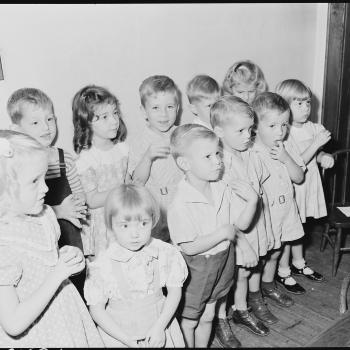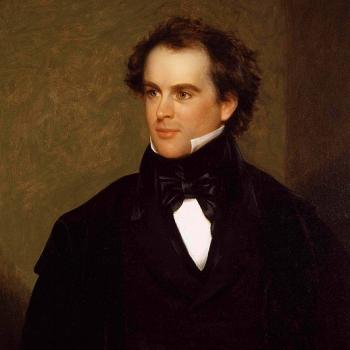How many times when watching a tv show or movie do we see a man and a woman, on a first date, or after meeting at a bar, or striking up a conversation on a train or airplane, decide within the course of their chance meeting or initial outing to go to bed and consummate their attraction? The level of physical intimacy that follows a relatively personal exchange of ideas or identities has always struck me as disproportionate. When someone is making love (or so it seems to me), he or she is at his or her most vulnerable. Why won’t the girl laugh when she sees you naked? Or why won’t he laugh at sounds she makes during the act? What about personal hygiene? Or what happens the next time you see each other?
Disproportional intimacy aside, why do the makers of television shows and movies never seem to imagine a sexual world of poor performance? As someone who listens to sports-talk radio a lot and hears all the advertisements for sexual dysfunction among men (both you and old), I have a hard time remembering the last time I saw a movie where a guy, after swooning over a woman and finding a nearby bed, had to face the embarrassment of not not rising to the occasion (so to speak).
Of course, another possibility is the unwanted pregnancy, which is a theme that does appear occasionally on the screen, but the potential pain and suffering caused by the ecstasy of hormonal release do not appear to be on the minds of many characters. The consequences of gluttony are one one, lust altogether another.
And then there are STD’s. I hear that the statistics are not exactly good and those numbers, you would think, might prompt people looking for a good time to show a measure of caution about casual sex. But those numbers seem to reveal the opposite.
For these reasons I was struck by the honesty of the free lance author, Stacia Friedman, about the dark side of one-night stands:
Watching “Funny Face” now, I understand my childhood fascination. What little girl doesn’t want to run down the steps of the Louvre in a red chiffon gown, trailing behind her like gossamer wings? Who wouldn’t want to be “discovered” and transported from a dreary clerical job to being a supermodel?
The part where I jam on the reality check brakes now is the love story between Hepburn and Astaire. A fashion photographer picks a girl off the streets to be a model in Paris, you can bet he’s going to try to get in her Spanx. But marriage? I don’t think so. In real life, the photographer is on Wife No. 2 or 3 and is paying alimony up the yin-yang. He’s looking for a tasty side dish, not an entrée.
There I was, coming of age in the erotic heat of the late 1960s, expecting every lover to propose, if not the next morning, well, at least by the third date. (Astaire did it! Why shouldn’t the college dropout I met at a Grateful Dead concert?)
I spent my 20s longing for the same chance encounters, magical transformations, designer gowns and true romance that Audrey Hepburn found just by batting her false eyelashes. What did I get instead? A string of one-night stands and a bouquet of STDs, and I didn’t hear violins when I had sex. I heard my roommate having even better sex in the adjoining room.
Ultimately, you can’t sue Hollywood for creating illusions. That’s their job.
And in letting Hollywood off the hook, Ms. Friedman won’t go all the way and admit that the sexual revolution is deeply flawed:
So, it is with bittersweet nostalgia that I put the life lessons of “Funny Face” into perspective. It was just a fantasy. But, damn, I’m so glad I tried to live it.
No regrets? I wonder why not.












